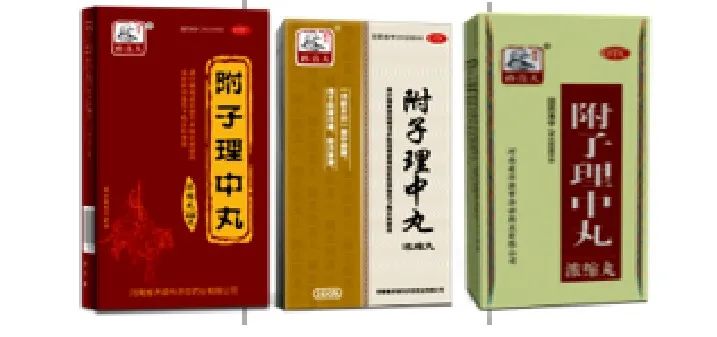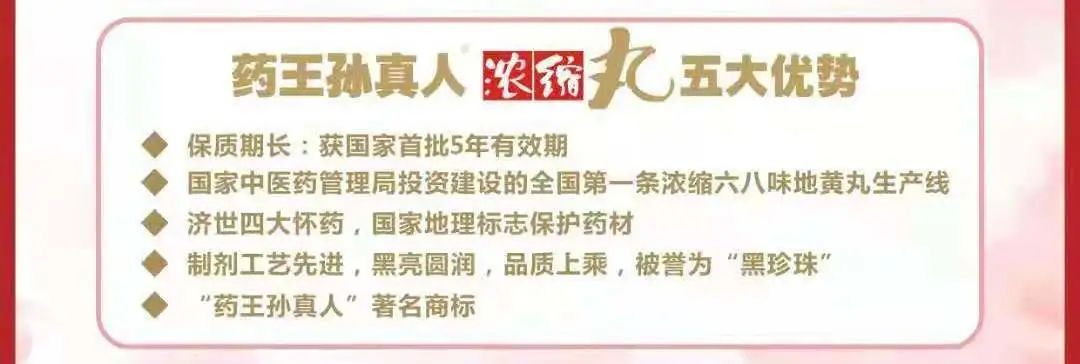Daily Learning of Traditional Chinese Medicine – Chuan Ri

The odors produced by the body are primarily due to the special scents generated when sweat is affected by damp-heat pathogenic factors. Additionally, foul odors may arise from ulcers or sores on the body that exude pus.
When the body is ill, sweat serves as a pathway for the expulsion of pathogenic factors. Since the nature of the pathogenic factors varies, the odors produced by the body also differ. Clinically, we can determine the nature of the pathogenic factors based on the odors emitted by the body.
① Body Fragrance
[Olfactory Diagnosis] A long-term illness may cause the body to emit a faint fragrance.
[Clinical Significance] If a long-term ill body exhibits this type of body odor, it indicates that the disease is turning towards a favorable direction. As stated in “Distinguishing Epidemics, Volume One”: “…the organs, qi, blood, and body fluids of a person, when they possess vitality, emit fragrance; when they are in decline, they emit foul odors…”
Treatment should be based on the specific clinical condition, selecting appropriate methods and herbal formulas.
② Body Odor
[Olfactory Diagnosis] The body emits a foul or putrid odor.
[Clinical Significance] A putrid odor often arises from ulcers or sores on the body that exude pus. In cases of chronic bi syndrome, if the dampness and wind pathogenic factors have long been trapped in the muscle layer, it may also lead to yellowish sweat with a special foul odor, often due to damp-heat accumulation and the steaming of sweat. Epidemics or severe liver and kidney diseases often emit specific foul odors.
[Treatment] For ulcerated sores, it is advisable to eliminate decay and promote tissue regeneration, using formulas such as “Tuo Nong San” or “Tuo Li Tuo Nong Tang” with modifications; for damp-heat bi syndrome, it is advisable to clear heat and resolve dampness, relieve bi syndrome and alleviate pain, using “Xuan Bi Tang” with modifications; for epidemics or liver and kidney diseases, treatment should be based on the specific clinical condition, selecting appropriate methods and herbal formulas.
③ Body Urine Odor
[Olfactory Diagnosis] The body emits a urine-like odor.
[Clinical Significance] This indicates an internal attack of water qi and a critical state of organ qi deficiency. It is commonly seen in renal failure and uremia. Patients often present with generalized edema, abdominal distension, and reduced or obstructed urination, which is due to the expulsion of toxic pathogens through sweat.
[Treatment] Treatment should be based on the specific clinical condition, selecting appropriate methods and herbal formulas.
④ Body Fishy Odor
[Olfactory Diagnosis] The body emits a fishy odor.
[Clinical Significance] This is often seen in patients with cold-damp or deficiency-cold conditions. It may arise from external invasion of cold-dampness or a constitution of yang deficiency. It is caused by internal accumulation of yin-cold. For example, if cold-dampness descends, it may lead to a fishy discharge; if cold-dampness obstructs the spleen, it may cause loose stools with a fishy odor; if the spleen and stomach are deficient and cold, it may lead to vomiting of clear, thin substances with a fishy odor. The fishy odor may arise from secretions or excretions emitted from the body.
[Treatment] For cold-dampness, it is advisable to warm the spleen and resolve dampness, using “Lei Xiang Zheng Qi San” with modifications; for deficiency-cold, it is advisable to warm yang and strengthen the spleen, using “Fu Zi Li Zhong Tang” with modifications.




